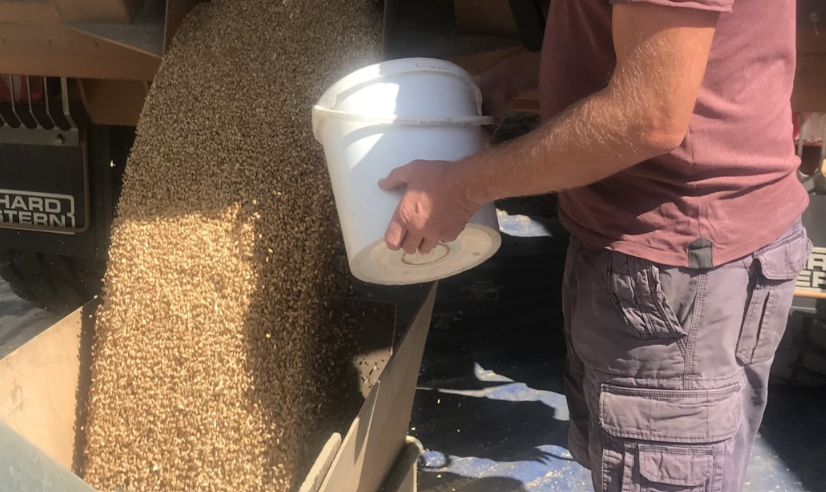Share here your experience with using Grain Analysis.
View information on the AHDB website at https://ahdb.org.uk/grain-nutrient-analysis
View a really useful series of blogs by Alli Grundy of NRM below:
- Grain Analysis #1: GrainCheck and using the data
- GrainCheck Analysis #2: Taking the best grain samples for insightful results
- Grain Analysis #3: a productive case study
Watch the webinar below with Roger Sylvester-Bradley:








